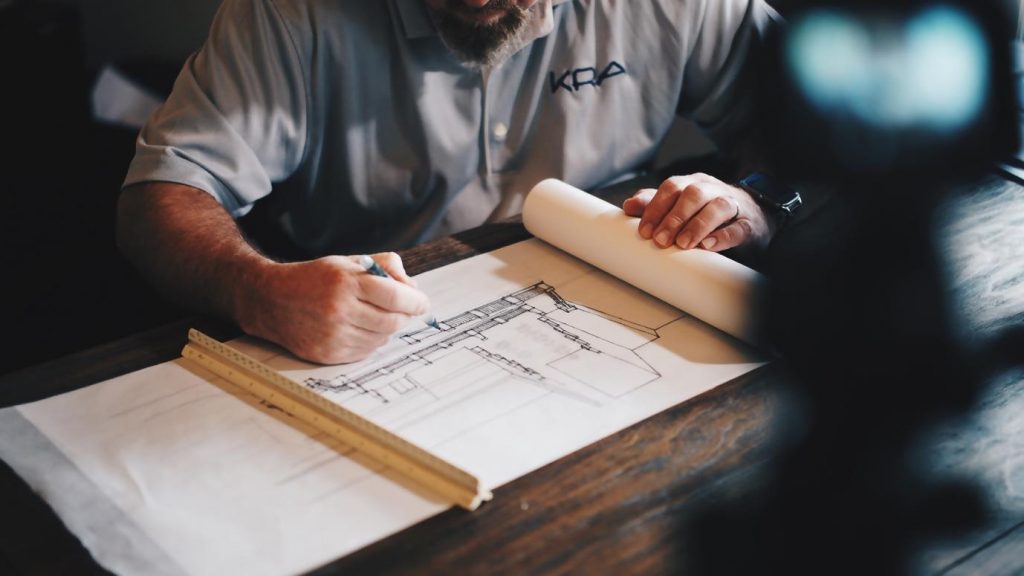
25 Oct The Environmental Benefits of Living in a Tiny House

With the growth of social consciousness, the tiny home movement is grounded in a collective attempt to reduce our carbon footprint and lessen our unfavourable environmental impact.
Countless advocates underline the many environmental benefits of living in a tiny house compared to a traditional property. For many, these benefits are the primary motivation for embracing the tiny home lifestyle.
From the construction through to occupancy, numerous benefits can be attributed to tiny homes.
Construction

Firstly, building a tiny home requires fewer materials. By comparison, building a traditional home involves using several times more timber and other materials than a tiny home. This is true even for a conventional house on the smaller end of the scale.
This results in fewer trees being needed to be cut down. Also, fewer resources need to be allocated to create and supply the materials required throughout the construction process – including the fuel to transport those materials to the building site.
Another reason why tiny homes can be much more environmentally friendly is that recyclable materials can be utilised. These are usually not available in large enough quantities to construct a traditional sized house.
Some people have even built their tiny homes entirely from recycled building materials found in rubbish tips.
While these environmental benefits are only a once-off, they are significant and worth mentioning.
Occupancy

This is where the environmental benefits can really add up and best of all, they are ongoing.
A tiny home uses just a fraction of the energy required to maintain compared with a larger traditional home. According to Ausgrid, the average home uses approximately 15kWh per day. Estimates for the energy consumption of tiny homes are less than 10% of that, meaning you would spend annually roughly what you would pay per month in an average sized traditional home.
Also, the average sized Australian house is responsible for around 7 tonnes of greenhouse gas emissions every year, according to the Australian Government website Your Home. Estimates suggest a tiny house will emit less than half a tonne. As you can see, owning a tiny house could make a major impact on reducing your carbon footprint.
The main reason that tiny homes use less energy than traditional homes is that there is a lot less space to heat and cool. Other reasons include fewer lights and electrical appliances are required.
Fewer Possessions

Indirectly, living the tiny lifestyle can be more environmentally friendly by contribution to less waste. Because you will have less space, naturally you will have fewer possessions, consequently producing less waste.
If you are serious about reducing your carbon footprint and living a more sustainable lifestyle, investing in a tiny home could be a great option.
Looking for advice on anything relating to mobile homes? Call our friendly team today.


